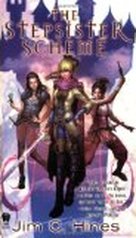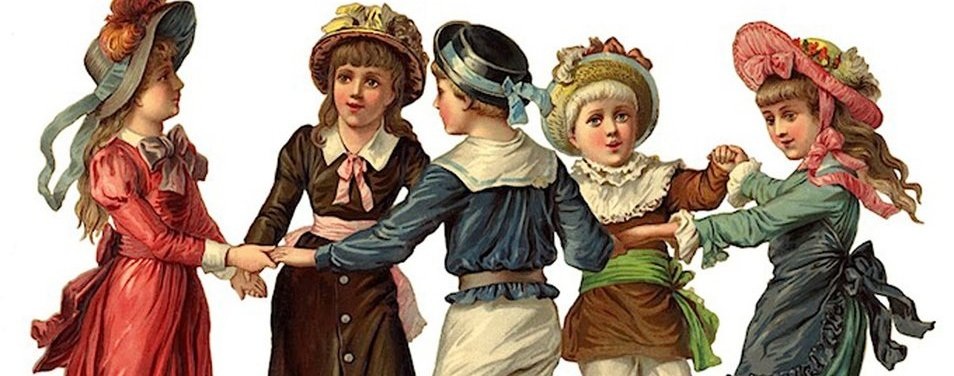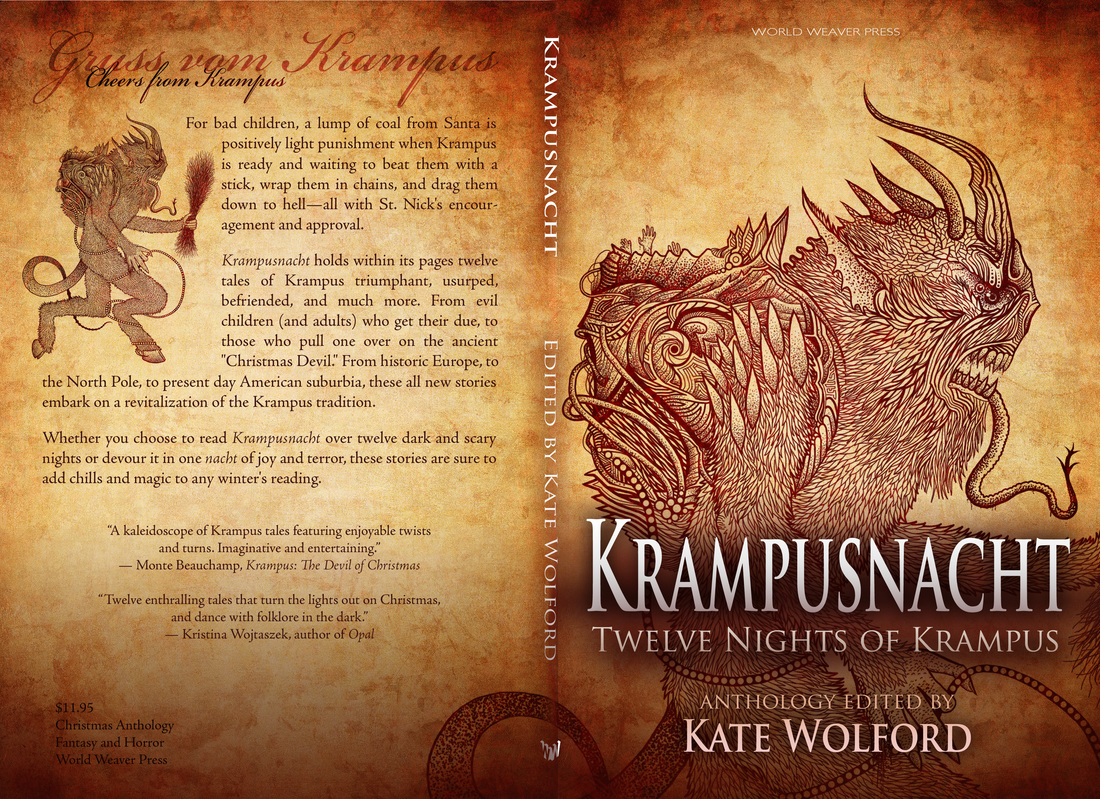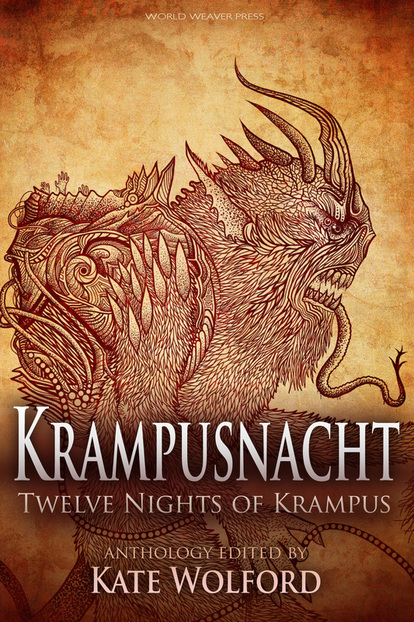|
World Weaver Press will be announcing seasonal deals all weekend! Sale prices valid only at WorldWeaverPress.com.
0 Comments
 Rebecca Roland looks at Sleeping Beauty and Jim Hines' The Stepsister Scheme as part of our Fairy Tale Festival: A couple of years ago I bought this huge book of classic stories for my son, which includes many fairy tales. I was reading Sleeping Beauty to him when a new story idea jumped into my head. I immediately went to check if anybody else had done it (nope). However, quite a few people had written retellings or variations of the fairy tale. So I jotted down a bunch of notes. I outlined that story and did research, but haven't written it yet. As part of the research, I read Jim Hines' The Stepsister Scheme, which is a story that tells what happens after Cinderella's honeymoon and also includes Snow White and Sleeping Beauty. Growing up, I was familiar with the 'sanitized' version of popular fairy tales common in animated movies or in books. As an adult, I realized there were different, older, darker versions of fairy tales. The animated versions are nice for kids, but it was the darker versions that really called to me, and it's those origins that Hines uses in The Stepsister Scheme to explore feminism and sexuality. Hines' book is only one example of the many contemporary stories based on fairy tales. So what is it that attracts people to fairy tales over and over again? Why did Sleeping Beauty, in particular, call to me, and why does it call to others? Even if you ignore the original version, which includes cannibalism, adultery, and rape, the safe-for-kiddies version can still be disturbing. A young woman falls into a deep sleep, and nothing can awaken her from it except for the kiss of a prince. She's hidden away from the world. Everybody else goes on about their business while she remains in stasis, unable to fend for herself. I find that horrifying (and when you add the other stuff from the original, even more so). Rhonda Parrish, editor of the highly anticipated Fae anthology, interviews contributor Christine Morgan.  Rhonda Parrish: What was the inspiration for your Fae story? Christine Morgan: It was one of those articles about toy marketing for girls vs. boys, the dreaded "pink aisle" and special girly LEGO and that kind of thing. It led me into thinking about the whole history of toys and "traditional" gender-based play, which then led to all that stuff about snips and snails and puppy dog tails, boys are active and rambunctious, sugar and spice and everything nice for little girls all clean and polite... and it annoys the heck out of me. Then I started thinking about Peter Pan, and how here's this wonderful world of excitement and adventure for the boys, but Wendy's expected to be the nice mommy, and wanted to write something where... what if it went kind of a different way around? Why should the boys get to have all the fun? Why not make them pay for it, in a kind of malicious way? By Kate Wolford.
Somehow, over the last few years, a hairy, horned, cloven hoofed, child-thrashing demon from the Alpine regions of Europe has crept his way into Christmas celebrations in the US, Canada and other countries across the world. This disturbing fellow, who is sometimes Santa’s adversary, friend or sidekick (depending on the story you are reading), is known as Krampus, and he’s having a big day in the cold holiday sun. He’s not new. Not at all. Krampus has been firmly ensconced in folklore in countries like Austria for centuries. His origins are unclear, but he might be connected to Pan or the Devil or other pre-Christian or Christian figures. His purpose in Christmas lore might best be described as an enforcer. Traditionally, he travels with St. Nicholas, who, in many countries of Europe, is not the absurdly jolly rotund figure he is in the US. Certainly, St. Nicholas is a benign and generous figure, but through Krampus, he punishes wicked, bratty kids with a whipping—or, if they are terribly bad, these youthful offenders might be dragged to Hell in a basket carried on Krampus’ back. The important thing is, he provides a counterbalance to St. Nick’s bounty, and serves as a great warning to kids to be good as gold if they want St. Nick to treat them right. Krampusnacht is Dec. 5, the night before St. Nicholas Day on Dec. 6. It’s a time of revelry and crazy fun, and largely for adults. Perhaps that’s why it is catching on in the US. With birthrates down and marriage delayed, the US is, perhaps, becoming less kid-focused. And, as those of us in the fairy-tale/folklore world know, fantasy figures in general are ever more popular. The truth is, I’m not sure why Krampus is catching on these days, but he surely is. And he’s certainly inspired the writers in Krampusnacht: Twelve Tales of Krampus. In this anthology, you’ll find Krampus as enforcer, lover, friend, savior, and more, but every incarnation is a fascinating one. So grab a copy and be prepared to travel into the dark and dangerous side of the Yuletide.
Alpena, MI (November 11, 2014) – World Weaver Press (Eileen Wiedbrauk, Editor-in-Chief) is pleased to announce the Christmas horror anthology Krampusnacht: Twelve Nights of Krampus, edited by Enchanted Conversation: A Fairy Tale Magazine editor and publisher Kate Wolford, is available in trade paperback and ebook today, Tuesday, November 11, 2014.
By Jenn Lyons.
So here we are. Hopefully, if you’re reading this, it’s because you’ve read the first book in this series, Blood Chimera, and are eager to see what happens to Jackson Pastor and his friends next. If you haven’t? You should! It’s a great book (yes, yes, I’m very much biased.) In some ways, I think of Blood Sin as the second half of Blood Chimera. Certainly the second book takes place just a few weeks after the first: it's still autumn in the City of Angels, the Santa Ana winds are starting brush fires in the hills, and a reckoning (in the form of Cesario Meroni's rock star father) is descending on K&R expert turned fledgling vampire Jackson Pastor and his new partners at the FBI. Of course, the two books are very different stories, with different villains, different plots and different resolutions, but originally, way back in the day (long before World Weaver Press ever saw a manuscript,) Zander Sin showed up in the first book and had a more direct hand in the battle against his centuries-old enemy Crazy Tez. None of the scenes ever quite meshed and I finally realized why: Zander was just too large to be restrained to the position of a secondary character. He needed, nay, demanded, his own novel (with himself on the cover no less!,) and like all things, Zander Sin (who in previous lives has been Sextus Tarquinius, Pope Alexander VI, Lord Byron, and Aleister Crowley) always gets what he wants. So he shows up in book two as a consequence of book one, to devastating effect. I won't lie: I enjoyed writing that spoiled and thoroughly foul-mouthed brat. He does so revel in being a bastard. Alpena, MI (November 4, 2014) – World Weaver Press (Eileen Wiedbrauk, Editor-in-Chief) has announced Blood Sin, the sequel to the paranormal mystery Blood Chimera by Jenn Lyons, is available in trade paperback and ebook today, Tuesday, November 4, 2014.
By Amanda C. Davis. I'm doing NaNoWriMo this year. It'll be my ninth* year, my second as a co-Municipal Liaison (kind of a regional scout leader), and assuming all goes well, it will produce my third book of the year--which I only mention as a apotropaic against haters. For over half of my NaNo run, I've been what I call a "working writer": producing year-round, selling regularly. Quite a few people in that position eventually quit doing NaNo, or decline to join at all. I'm still a NaNo fan. Here's why.
|
World Weaver PressPublishing fantasy, paranormal, and science fiction. Archives
February 2024
|
- Home
-
Books
-
All Books
>
- Beyond the Glass Slipper
- Bite Somebody
- Bite Somebody Else
- Black Pearl Dreaming
- Cassandra Complex
- Causality Loop
- Clockwork, Curses, and Coal
- Continuum
- Corvidae
- Cursed: Wickedly Fun Stories
- Dream Eater
- Equus
- Fae
- Falling of the Moon
- Far Orbit
- Far Orbit Apogee
- Fractured Days
- Frozen Fairy Tales
- Glass and Gardens: Solarpunk Summers
- Glass and Gardens: Solarpunk Winters
- Grandmother Paradox
- Grimm, Grit, and Gasoline
- Haunted Housewives
- Heir to the Lamp
- He Sees You When He's Creepin': Tales of Krampus
- Into the Moonless Night
- Jack Jetstark's Intergalactic Freakshow
- King of Ash and Bones (ebook)
- Krampusnacht
- Last Dream of Her Mortal Soul
- Meddlers of Moonshine
- Mothers of Enchantment
- Mrs Claus
- Multispecies Cities
- Murder in the Generative Kitchen
- Recognize Fascism
- Scarecrow
- Sirens
- Shards of History
- Shattered Fates
- Skull and Pestle
- Solarpunk (Translation)
- Solarpunk Creatures
- Solomon's Bell
- SonofaWitch!
- Speculative Story Bites
- Trenchcoats, Towers, and Trolls
- Weredog Whisperer
- Wolves and Witches
- Anthologies and Collections
- Novels
- Novellas
- Fairy Tale
- Fantasy
- Romance
- Science Fiction
- Urban/Contemporary Fantasy
- Young Adult SFF
-
All Books
>
- Blog
- About
- Contact
- Press / Publicity
- Newsletter Signup
- Privacy Policy
- Store










 RSS Feed
RSS Feed